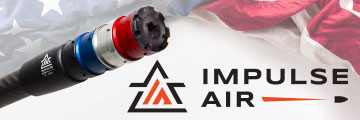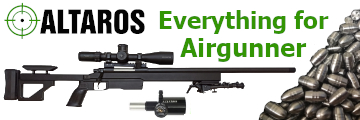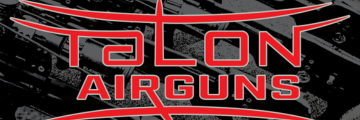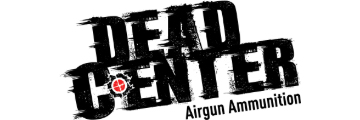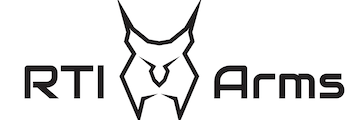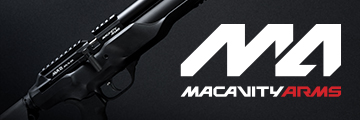Other Walther Model 55 & SIG HAMMERILI 401 (420)
- By pwcosol
- Traditional Airguns
- 2 Replies
Much appreciate your thought on both rifles. Regarding the LG55, have not shot this rifle as I knew the seal was bad when acquired. Had done some research a couple of years back and found this three-part blog on LG55 repair:
https://anotherairgunblog.blogspot.com/2011/03/walther-lg55-overhaul-part-1.html
https://anotherairgunblog.blogspot.com/2011/03/walther-lg55-takes-few-detours.html
https://anotherairgunblog.blogspot.com/2011_03_27_archive.html
I also recall some other article showing a greenish, completely disintegrated seal, but maybe it was on Pyramid Air's website. However, got a Sheridan Blue Streak I will take a swing at shortly. Not ready to take on the LG55, but am all ears for any pearls of wisdom anyone would care to send my way in that regards...
https://anotherairgunblog.blogspot.com/2011/03/walther-lg55-overhaul-part-1.html
https://anotherairgunblog.blogspot.com/2011/03/walther-lg55-takes-few-detours.html
https://anotherairgunblog.blogspot.com/2011_03_27_archive.html
I also recall some other article showing a greenish, completely disintegrated seal, but maybe it was on Pyramid Air's website. However, got a Sheridan Blue Streak I will take a swing at shortly. Not ready to take on the LG55, but am all ears for any pearls of wisdom anyone would care to send my way in that regards...
Upvote 0























